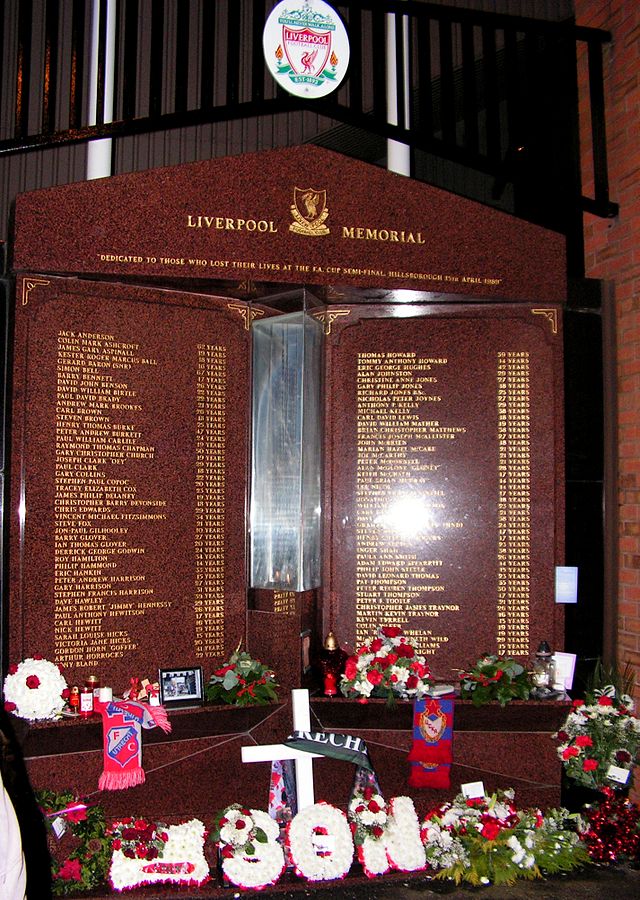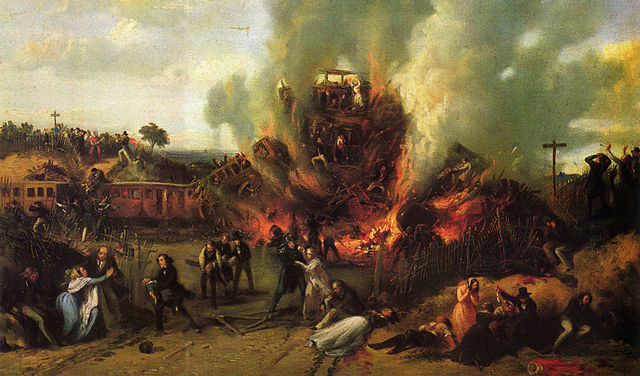Accident
Unforeseen event, often with a negative outcome From Wikipedia, the free encyclopedia
Unforeseen event, often with a negative outcome From Wikipedia, the free encyclopedia
An accident is an unintended, normally unwanted event that was not directly caused by humans.[1] The term accident implies that nobody should be blamed, but the event may have been caused by unrecognized or unaddressed risks. Most researchers who study unintentional injury avoid using the term accident and focus on factors that increase risk of severe injury and that reduce injury incidence and severity.[2] For example, when a tree falls down during a wind storm, its fall may not have been caused by humans, but the tree's type, size, health, location, or improper maintenance may have contributed to the result. Most car wrecks are not true accidents; however, English speakers started using that word in the mid-20th century as a result of media manipulation by the US automobile industry.[3]


Physical examples of accidents include unintended motor vehicle collisions, tongue biting while eating, electric shock by accidentally touching bare electric wire, drowning, falls, being injured by touching something sharp or hot, or bumping into something while walking.
Non-physical examples are unintentionally revealing a secret or otherwise saying something incorrectly, accidental deletion of data, or forgetting an appointment.

This section needs expansion with: data on vehicular collisions. You can help by adding to it. (December 2023) |
It has been argued by some critics that vehicle collisions are not truly accidents, given that they are mostly caused by preventable causes such as drunk driving and intentionally driving too fast, and as such should not be referred to as accidents.[3] Since 1994, the US National Highway Traffic Safety Administration has asked media and the public to not use the word accident to describe vehicle collisions.[3]
This section needs expansion. You can help by adding to it. (December 2023) |
This section needs expansion. You can help by adding to it. (December 2023) |
This section needs expansion. You can help by adding to it. (December 2023) |
This section needs expansion. You can help by adding to it. (December 2023) |
This section needs expansion. You can help by adding to it. (December 2023) |
In the process industry, a primary accident may propagate to nearby units, resulting in a chain of accidents, which is called domino effect accident.

Poisons, vehicle collisions and falls are the most common causes of fatal injuries. According to a 2005 survey of injuries sustained at home, which used data from the National Vital Statistics System of the United States National Center for Health Statistics, falls, poisoning, and fire/burn injuries are the most common causes of accidental death.[5]
The United States also collects statistically valid injury data (sampled from 100 hospitals) through the National Electronic Injury Surveillance System administered by the Consumer Product Safety Commission.[6] This program was revised in 2000 to include all injuries rather than just injuries involving products.[6] Data on emergency department visits is also collected through the National Health Interview Survey.[7] In The U.S. the Bureau of Labor Statistics has available on their website extensive statistics on workplace accidents.[8]

Many models to characterize and analyze accidents have been proposed,[10] which can be classified by type. No single model is the sole correct approach.[11] Notable types and models include:[12]
Ishikawa diagrams are sometimes used to illustrate root-cause analysis and five whys discussions.
Seamless Wikipedia browsing. On steroids.
Every time you click a link to Wikipedia, Wiktionary or Wikiquote in your browser's search results, it will show the modern Wikiwand interface.
Wikiwand extension is a five stars, simple, with minimum permission required to keep your browsing private, safe and transparent.